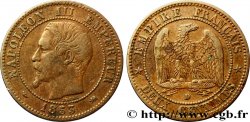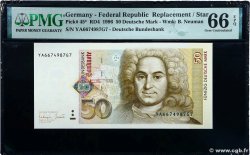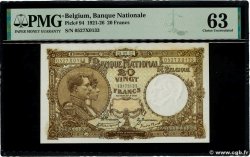上一页 1/1
Live auction - fme_961692 - SECOND EMPIRE Médaille, Centenaire de l’empereur Napoléon Ier
得先注册又得到批准才可以报价。为了报价注册. 客户应该得到公司允许,那种过程需要 48 个小时。别等出售结束那一天才登记。您报价的话等于您赞成买那物品,而且按« 保价 » 证明您接受 cgb.fr 因特网拍卖使用法.
报价时只可以出全数值欧元总额。物品描述也说明销售结束时间,结束后出价都不会生效。 报价命令转达有时变动,等到最后秒钟增加否决的可能会。想多了解的话请注意 因特网拍卖常问
最高出价方将支付18%的不含税的拍卖费用
最高出价方将支付18%的不含税的拍卖费用
| 估算 : | 100 € |
| 价格 : | 没有出价 |
| 最高出价 : | 没有出价 |
| 拍卖结束日期 : | 17 December 2024 14:51:22 |
种类 Médaille, Centenaire de l’empereur Napoléon Ier
日期: 1869
铸币厂名称/城市 75 - Paris
材质 gilt copper
直径 50,5 mm
模子方针 12 h.
重量 43,19 g.
侧面 lisse
印模 sans poinçon
关于品相的说明
Belle médaille dorée présentant quelques taches d’oxydation. Faible usure. Présence de quelques coups sur la tranche
出版目录中的项代码 :
正面
正面的文字 SOUVENIR DU CENTENAIRE DE L’EMPEREUR NAPOLEON I // *1769=1869*.
正面的说明书 Tête laurée de Napoléon Ier à droite.
背面
背面的文字 ANÉPIGRAPHE.
背面的说明书 Code Napoléon, posé un un coussin avec une légion d’honneur, un sabre et un chapeau bicorne, entre une branche de laurier et une branche de chêne ; au-dessus un aigle couronné tenant un foudre et une branche dans ses serres.
评论
Cette médaille est intéressante, représentant un résumé des symboles de ce que laissa Napoléon Ier.
- Le Code civil des Français, appelé usuellement « Code civil » (souvent abrégé en « C. Civ. » ou « CC ») ou « Code Napoléon », regroupe les lois relatives au droit civil français, c’est-à-dire l'ensemble des règles qui déterminent le statut des personnes (livre Ier), celui des biens (livre II) et celui des relations entre les personnes privées (livres III et IV).
- L’ordre national de la Légion d’honneur est l'institution qui, sous l'égide du grand chancelier et du grand maître, est chargée de décerner la plus haute décoration honorifique française. Elle a été instituée le 19 mai 1802 par Napoléon Bonaparte. Elle récompense depuis ses origines les militaires comme les civils ayant rendu des « mérites éminents » à la Nation.
En 2016, il existe 92 000 récipiendaires toujours vivants à comparer auprès d’un million de personnes ayant reçu cette décoration depuis sa création.
- Le Code civil des Français, appelé usuellement « Code civil » (souvent abrégé en « C. Civ. » ou « CC ») ou « Code Napoléon », regroupe les lois relatives au droit civil français, c’est-à-dire l'ensemble des règles qui déterminent le statut des personnes (livre Ier), celui des biens (livre II) et celui des relations entre les personnes privées (livres III et IV).
- L’ordre national de la Légion d’honneur est l'institution qui, sous l'égide du grand chancelier et du grand maître, est chargée de décerner la plus haute décoration honorifique française. Elle a été instituée le 19 mai 1802 par Napoléon Bonaparte. Elle récompense depuis ses origines les militaires comme les civils ayant rendu des « mérites éminents » à la Nation.
En 2016, il existe 92 000 récipiendaires toujours vivants à comparer auprès d’un million de personnes ayant reçu cette décoration depuis sa création.








 对产品描述纠错
对产品描述纠错 打印
打印 分享我的选择
分享我的选择 提问
提问 Consign / sell
Consign / sell
 产品介绍
产品介绍















